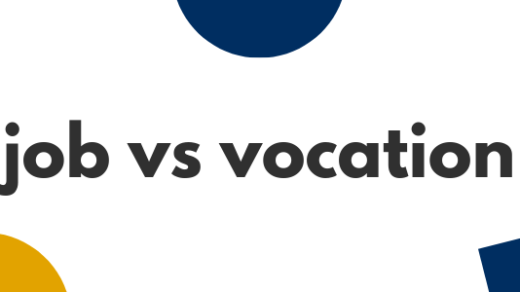
In Canada, most fundraising organizations have a professional staff of fewer than five people. That is pretty amazing, considering all that they do. It is those smaller shops that tend to be the unsung heroes (with a handful of staff, it is unlikely that they will have the budget or desire to spend large amounts on media buys or paying upper quartile salaries). But what happens in a small shop is quite remarkable — everyone becomes a generalist and, by definition, the silos come down.
I remember when I was working as a consultant 20 years ago (my, how time flies) doing a Feasibility Study and then a campaign for a charity. Their development staff complement was approximately 10 (and that was 20 years ago). For the life of me, I couldn’t fathom what all of those people did on a daily basis. I was just one consultant and I was running a campaign, for goodness sakes!
What I didn’t appreciate at the time was just how deep the talent pool can go in a larger shop. There was an entire events team (with the actual event delivery agents and sponsorship coordinators), an Annual Gift Team (with tele-funding, direct mail, and development officers). There was even a Planned Giving Team (albeit one person). The depth of knowledge of this group of professionals was awesome — they were the industry leaders in their particular fields. This was the era of gigantic pushes for Endowment Campaigns and it was the early days of donating appreciated securities. (It is hard to believe, but there was a time that this mode of donation didn’t enjoy the same tax treatment as it does today — chalk one up for progress.) Their Planned Giving team was well versed in the tax implications of this new mode of giving.
But with great power comes great responsibility. The responsibility of putting donors first (donors, as I contend, should always be the number one priority) was sometimes not as apparent in a larger shop. There tended to be silos and protectionism when it came to donors and prospects — often a prospect was being “saved” for when the Planned Giving team (for example) had time to cultivate a relationship with Mrs. X. Unfortunately, what usually happened was nothing — the professional in the Planned Giving team had the best of intentions but ran out of time. But instead of being donor-centric and ‘giving up’ the prospect to a different team (working for the same organization) so that prospect can be properly cultivated, the Planned Giving team held on to that prospect with no particular moves management plan in sight.
The pressure in big shops to bring in large donations is relentless. The reason is quite simple — in order to afford to run a big shop, the total amount raised tends to be quite high. Remember, that the CRA guidelines (and disbursement quota) is looking at roughly 20% at the top end of overhead. So with a staff of 10, the admin is likely $750,000 (or more) which means that the annual amount raised should exceed $3,750,000. The majority of fundraising organizations (remember that there are over 85,000 in Canada — many of them extremely small in nature) raise less than $250,000 annually.
If you are new to the wonderful world of fundraising, I always recommend that you start off in a small(er) shop. You will learn the most by being a generalist. Hopefully, you will see what areas interest you (as something to pursue further) and what areas don’t interest you (strangely, not everybody is excited by the thought of a Charitable Remainder Trust agreement). You can then take your desire and hone in on the area that will best resonate with you in the future. And at a larger shop, you will have the opportunity to grow that area of interest (usually larger shops have a more generous budget for staff development, personal growth, etc.)
I once had a meeting with a volunteer who was very active with our small organization. He said that when he was volunteering with a big organization, all he had to do was pose for photos and read from a prepared script. It was a job that got him great public accolades. Contrast this with the smaller organization where he was asked to canvass his peers and interact with some of the more colorful donors. He received many more grey hairs than he did accolades. I acknowledged some of our (the smaller organization) inadequacies but finished by asking him how many professional staff the larger organization had. The answer was 15-fold what our organization had. Then I followed it up by comparing the amount raised by the 2 organizations. It wasn’t 15-fold, but it was 5-fold. Our smaller organization was able to leverage his leadership much more efficiently.
Smaller shops tend to be more nimble as well. They can change strategies (when needed) relatively quickly because the amount of buy-in needed (from purely a head-count perspective) is much less than that of a larger organization.
So, in conclusion, both of these organizations (big and small) have their pluses as well as their minuses. I have had great experiences at both, as well as not-so-great experiences. In the end, it is a matter of personal choice. Would you rather be a big fish in a small pond or a small fish in a big pond?
L’chaim, folks!




